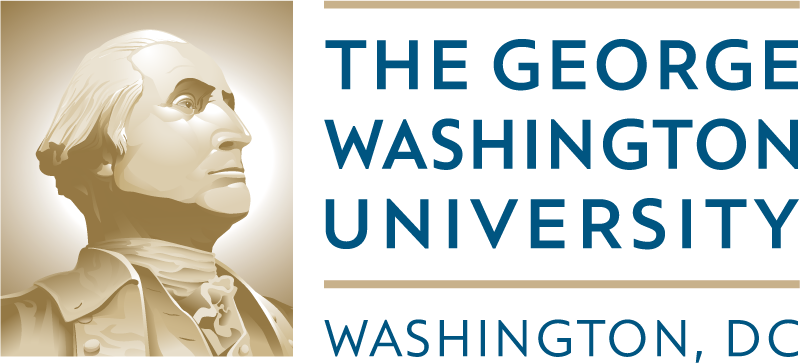The Good Old Days at GW
Professor Gayle Wald is once again teaching her very successful English 40W, Literature of the Americas. She was recently thumbing through old GW Bulletins and reports on her archival work:
In preparation for ENGL 40, our Literature of the Americas class, I decided to look at GWU Bulletins once a decade, beginning in 1918-1919 and through to 1998-99. What I found was sometimes predictable, but also sometimes surprising and even revelatory. Some highlights:
• Instruction in American literature in GWU English goes back at least to 1918.
• In 1928-29, the English department featured courses in “American Drama,” “American Literature,” and “Studies in American Literature.” This at a time when “Public Speaking” (elementary and advanced), “Journalism,” and “Book Editing” were part of an English Department curriculum.
• In 1938-39, introductory literature classes were divided thus: “English Literature,” “American Literature” and “European Literature.” (The last would probably be the provenance of Romance and Germanic Languages today!) These years also saw the development of an “American Civilization” major, to complement the “English literature” major. Notice that word “civilization.” Hmm. Also that year, “Studies in American Literature,” a 2-semester sequence, was described in the following terms: “Major factors in the national cultural tradition as shown by outstanding writers.” “National cultural tradition” is an interesting phrase, especially since contemporary scholars and theorists have de-linked nation and culture, tending not to see the two as equivalent.
• By 1948-49, there were two fields of study within the English major: English literature and American Thought and Civilization. A course in “Recent American Literature” was described as covering “motion pictures”! So what some of us call “cultural studies” really isn’t so new after all.
• In 1958-59, a student could pursue one of 3 different master’s degrees: American Literary and Cultural History [American Studies today], English and American Literature, and English Literature. By now there is a full menu of course offerings in American Literature
• In 1968-69, those much-mythologized years of the counterculture, the B.A. in American Thought and Civilization was still positing Europe as the only site of influence for American Literature. The department is now offering courses in “American Colonial Literature” and “American Transcendentalism.”
• In 1978-79, the course “Major American Writers”—taught by Bob Ganz—was described as concentrating on “Three American ‘Naturists’: William James, Theodore Dreiser, and William Carlos Williams.” Judith Plotz was offering a “Special Topics” course in “Jewish-American writing.”
• By 1988-89, we can see the consolidation of something like a contemporary canon, as well as its disarray, since the “outstanding writers” of past years needed no explanation. Everyone knew who they were. Now course descriptions are filled with names of authors. Women include Edith Wharton and Willa Cather. The only black author mentioned by name is Lorraine Hansberry. On the other hand, a course in African American literature is now being offered.
